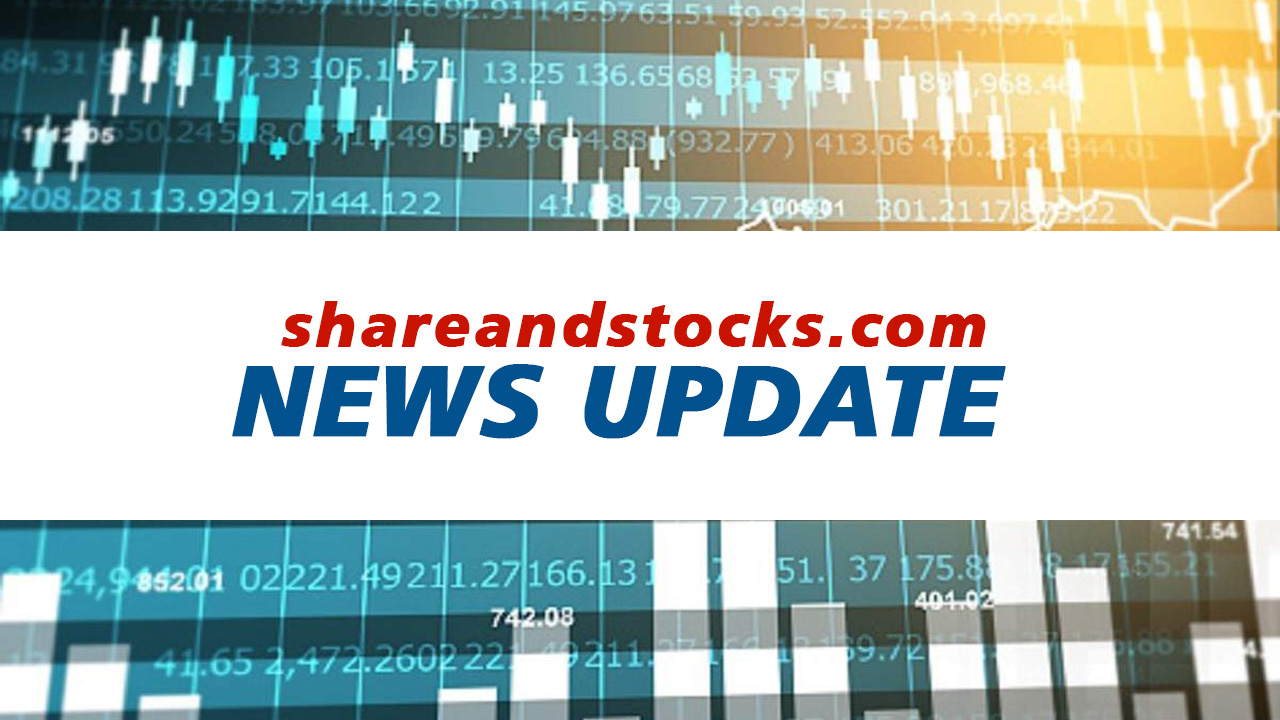Bursa Malaysia Sectorial Index Series and sector fund flows
· Bursa Malaysia splits the 918 companies listed on the stock exchange into 13 broad sectors.
· The performances of the companies listed on the main market in same-sector classifications are captured under the Bursa Malaysia Sectorial Index Series. The inclusion of a company in a sector depends on the company’s main source of operating revenue.
· For our sectorial fund flow analysis in this report, we examine all the companies listed on the stock exchange, not just those listed on the main market.
· To provide some perspective, the top three largest sectors by market cap as at 16 Apr were financial services (20.3% of total), consumer products (14.9%) and industrial products (13.4%).
· The three sectors with the highest number of constituents were industrial products and services (29.1% of total), consumer products and services (20%), and property (10.8%).
Healthcare sector was the top gainer for two consecutive weeks
· The KLCI fell 0.2% wow last week as gains in healthcare (+4% wow) were more than offset by losses in the telecom (-2.9% wow) and transport (-1.6% wow) sectors.
· The top-performing sectors last week were healthcare (+4% wow), industrial (+1.7%) and construction (+1.7%).
· The three worst-performing sectors were telecom (-2.9% wow), property (-2.4%) and transport (-1.6%).
Overview of weekly sectoral fund flows by investor group
· The heat map below provides a quick overview of net buying/selling by various investor groups last week, by sector. We offer a more detailed sector fund flow analysis on the four largest investor groups in the next few pages. · Local institution – top net buy was healthcare (+RM319m) while top net sell was financial services (-RM142m). · Local retail – top net buy was financial services (+RM93m) while top net sell was the healthcare sector (-RM111m). · Local nominees – top net buy was financial services (+RM53m) and top net sell was healthcare (-RM81m).
· Foreign – top net buy was technology (+RM12m) while top net sell was healthcare (-RM132m). · Proprietary (IVT) – top net buy was consumer products (+RM16m) and top net sell was industrial (-RM19m). · Proprietary day trader (PDT) – top net buy was healthcare (+RM3.2m) and top net sell was industrial products (-RM1.5m)
Overview of YTD sectoral fund flows by investor group
· The heat map below provides a quick overview of net buying/selling by the various investor groups YTD21, by sector.
· Local institutional investors were the largest net sellers of financial services (-RM1.7bn) and healthcare (-RM1.0bn) YTD. However, they were net buyers of the technology, energy and transportation sectors.
· The largest YTD net buys by retail investors were in the financial services (+RM1.9bn) and utilities (+RM0.9bn) sectors while there were no net sell sectors YTD. · Local nominees’ net buy flows went mostly to the financial services and utilities sectors. They were net sellers in the technology, construction and energy sectors.
· Foreign investors were the largest net buyers in industrial products (+RM243m) and plantations (+RM61m) YTD. They were net sellers in financial services (-RM831m) and utilities (-RM362m)
Analysis of local institutions’ weekly sectoral fund flow trend
· Healthcare – Top net buy sector last week, turned net buy two weeks ago from being a persistent sell for the past nine weeks.
· Technology– Second largest net buy sector last week, net buy sector for past four consecutive weeks.
· Telecommunications and media – Third largest net buy sector, a consistent net buy sector for the past four weeks.
· Financial services – Top net sell sector for local institutional investors and weekly net selling momentum picking up, has been a net sell sector for five consecutive weeks.
· Consumer products and services – Second largest net sell sector, has been a net sell sector for the past five weeks.
· Plantation – Third largest net sell, has been a net sell sector for the past four weeks.
– By CIMB Bank Research


